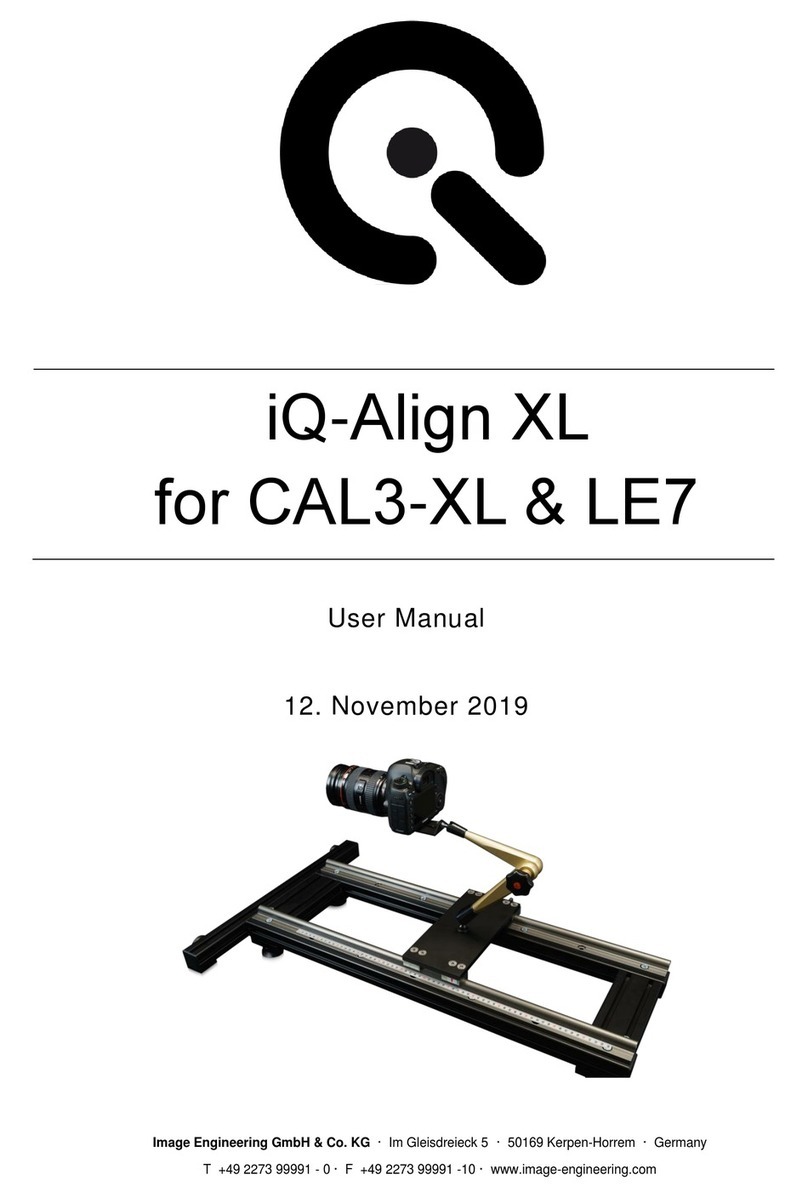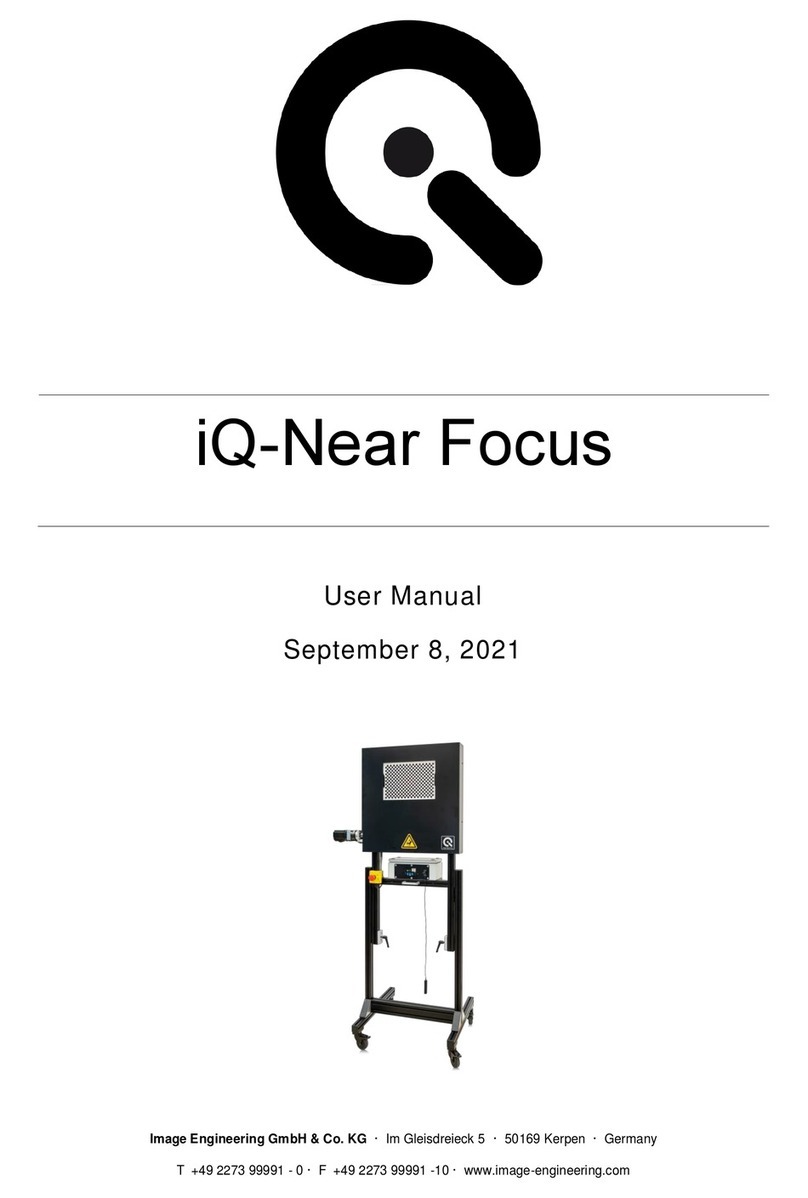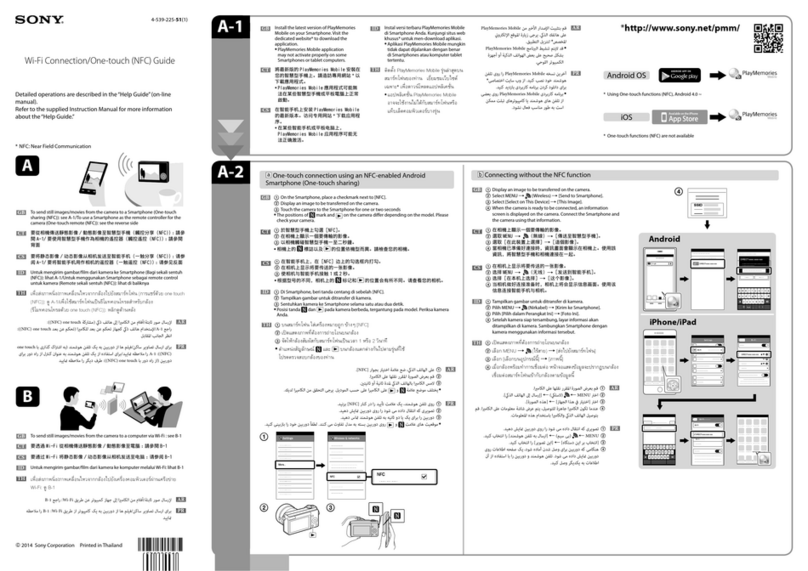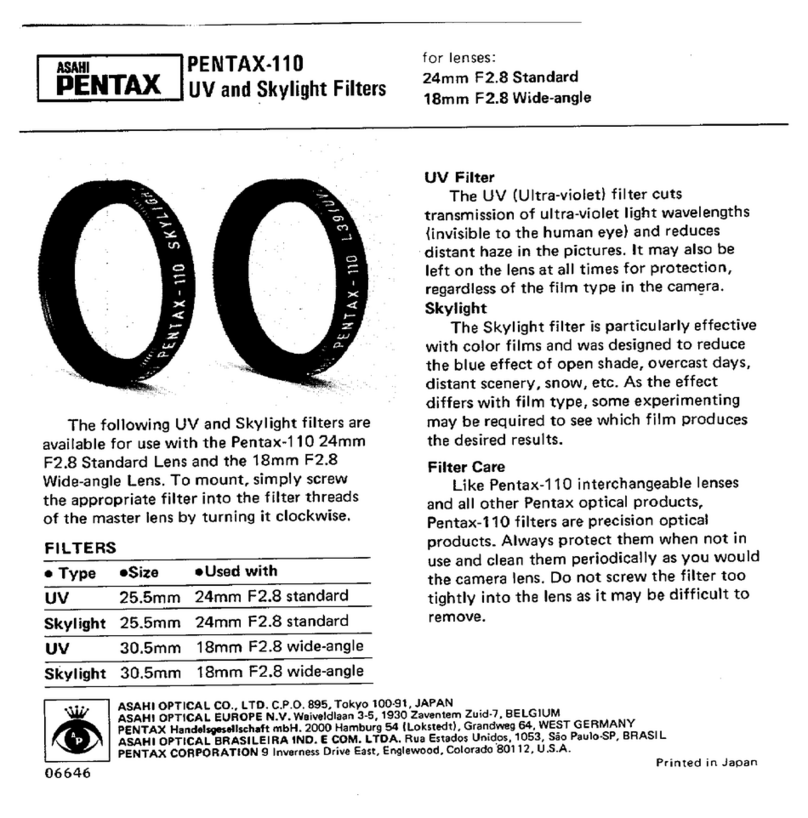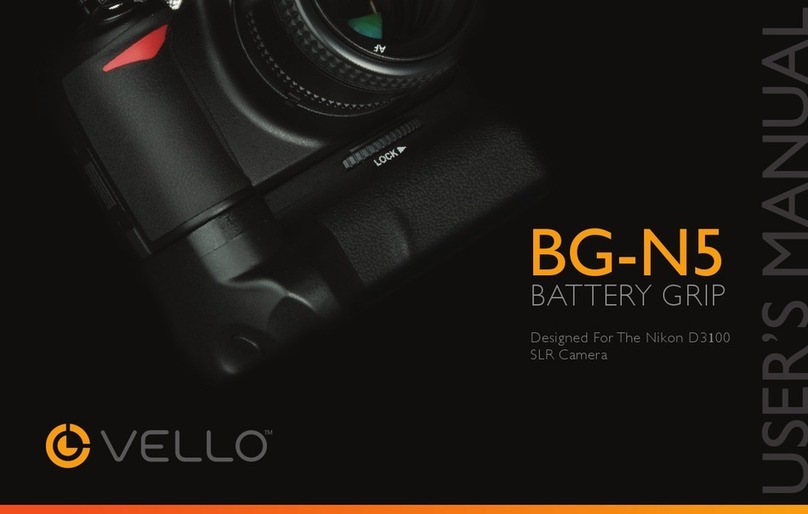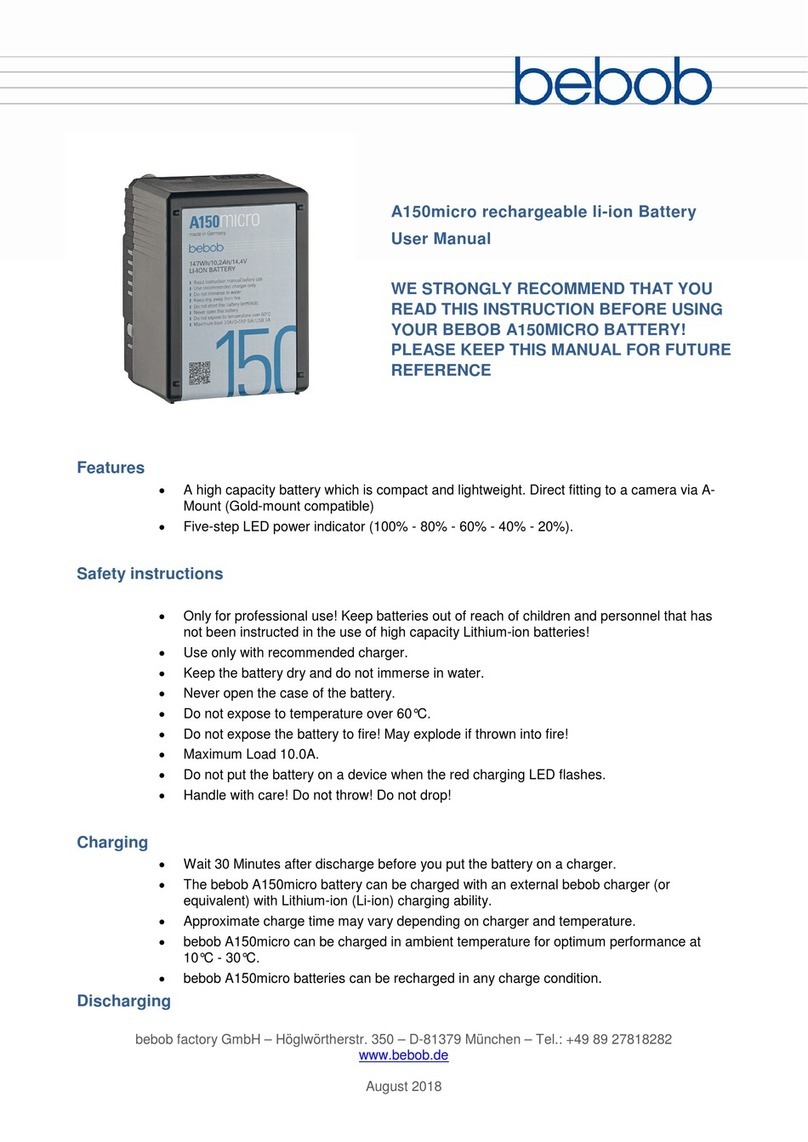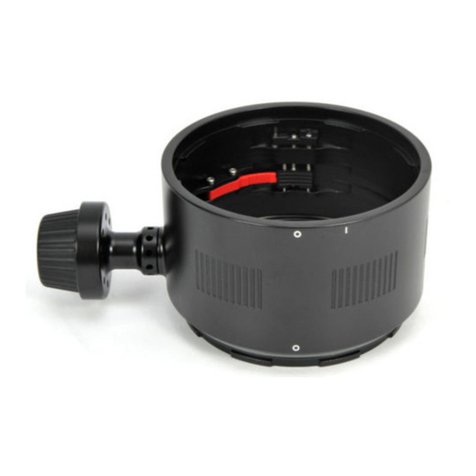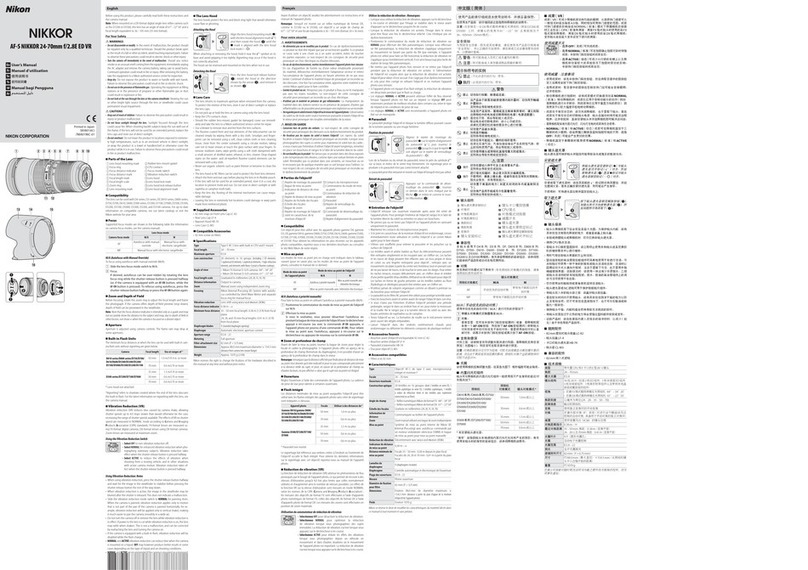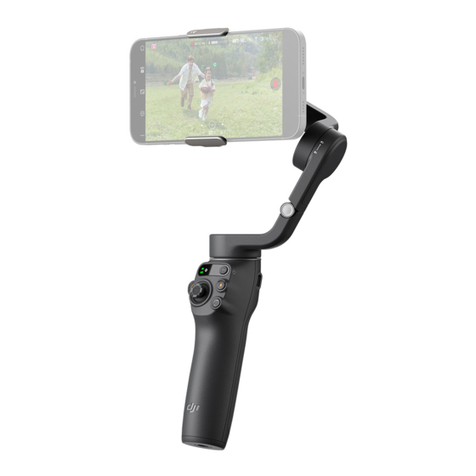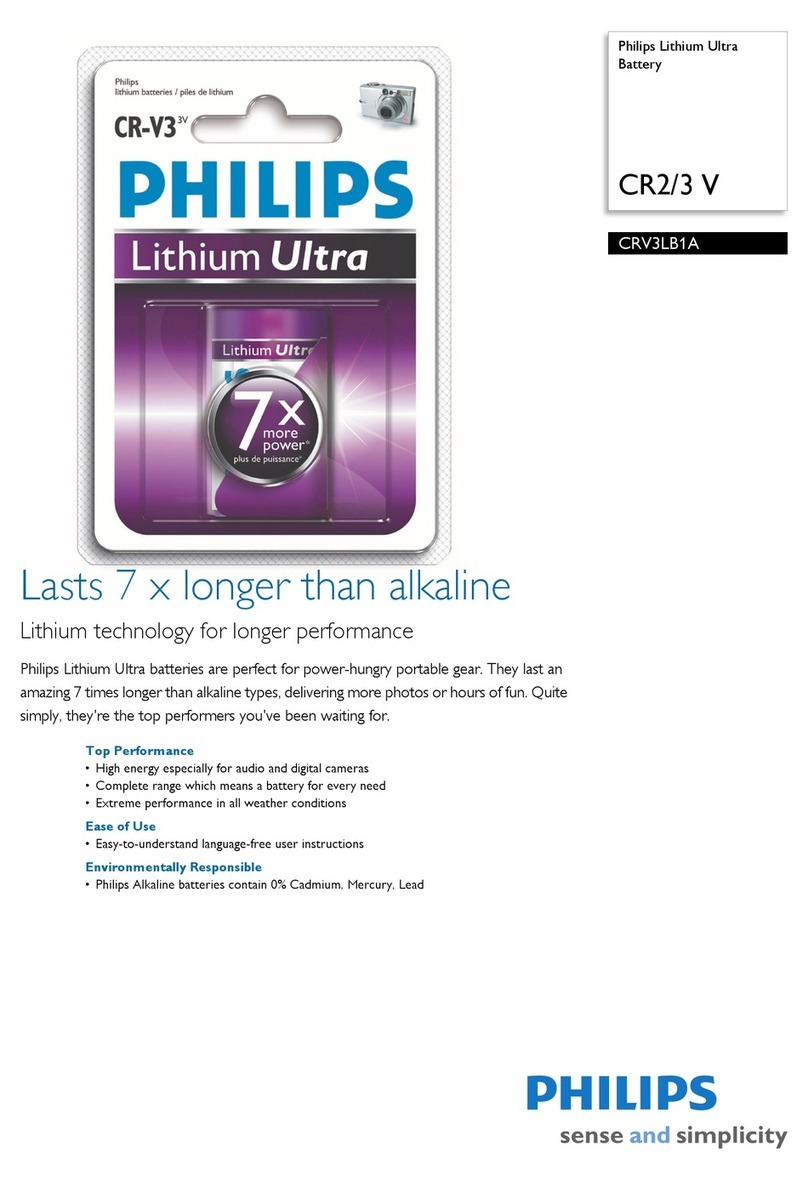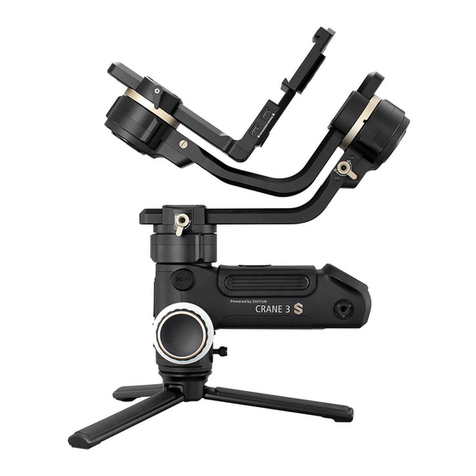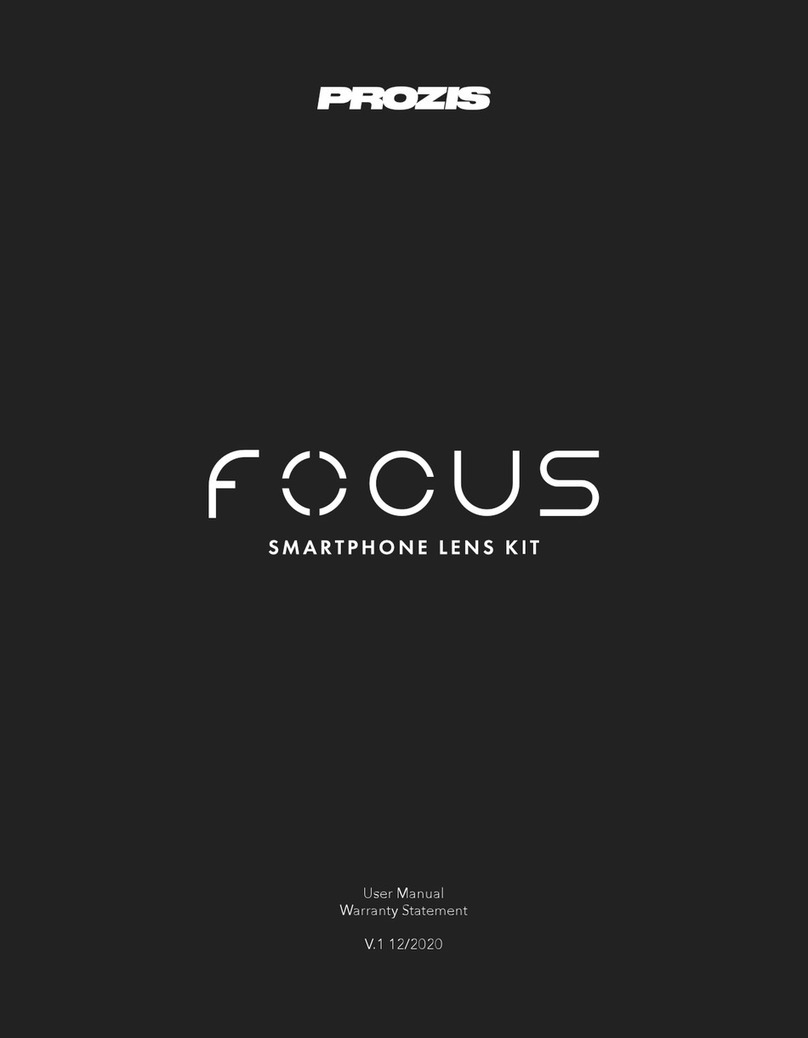Image Engineering Vega User manual

Image Engineering GmbH & Co. KG · Im Gleisdreieck 5 · 50169 Kerpen-Horrem · Germany
T +49 2273 99991-0 · F +49 2273 99991-10 · www.image-engineering.com
Vega
User Manual
August, 6th 2021

Image Engineering
Seite 2von 11
Content
1INTRODUCTION............................................................................................................. 3
1.1 Conformity ................................................................................................................ 3
1.2 Intended Use............................................................................................................. 3
1.3 General Safety Information ....................................................................................... 3
1.3.1 Photosensitive Epilepsy ..................................................................................... 3
1.3.2 Eye Safety.......................................................................................................... 3
2GETTING STARTED....................................................................................................... 4
2.1 Scope of Delivery...................................................................................................... 4
2.2 Commissioning ......................................................................................................... 5
3OPERATING INSTRUCTIONS HARDWARE.................................................................. 6
3.1 Overview................................................................................................................... 6
3.2 Connecting the Hardware.......................................................................................... 6
4VEGA CONTROL SOFTWARE ...................................................................................... 7
4.1 Installation................................................................................................................. 7
4.2 Connection................................................................................................................ 7
4.3 Operation.................................................................................................................. 8
4.3.1 Module Controls................................................................................................. 8
4.3.2 Presets............................................................................................................... 9
4.3.3 Calibration.......................................................................................................... 9
5ADDITIONAL INFORMATION .......................................................................................11
5.1 Maintenance ............................................................................................................11
5.2 Storage and Transport.............................................................................................11
5.3 Disposal Instructions................................................................................................11
6TECHNICAL DATA SHEET...........................................................................................11

Image Engineering
Seite 3von 11
1 INTRODUCTION
Important information: Read the manual carefully before using the device.
Inappropriate utilization may cause damages to the device, to the DUT (device under test)
and/or other components of your setup.
Keep these instructions in a safe place and pass them to any future user.
1.1 Conformity
We, Image Engineering GmbH & Co. KG, hereby declare that the Vega corresponds to the
essential requirements of the following EC directive:
•Electromagnetic Compatibility - 2014/30/EU
•Photobiological safety of lamps and lamp systems - IEC 62471:2009
1.2 Intended Use
Vega is a high-intensity illuminator for transparent charts based on LED technology. It is
capable of flicker-generation with variable frequency and variable duty cycle. The device can be
controlled with the Vega Software and the optional Vega C++ API.
•Only suitable for indoor use.
•Place your system in a dry and constant tempered environment without any interfering
light.
•The optimal ambient temperature range is 22 to 26 degrees Celsius. The maximum
ambient temperature range is 18 to 28 degrees Celsius.
•The system has an internal temperature management system. If there is an error
regarding the internal temperature, the status LED will indicate an error, and the system
automatically turns off to avoid any damage.
1.3 General Safety Information
Do not open the device without instructions from the Image Engineering support team and
when connected to the power supply.
1.3.1 Photosensitive Epilepsy
A small number of users with pre-existing conditions may experience seizures
while using the flicker mode of Vega. Certain frequency and intensity
combinations may trigger seizures with no prior medical history. Reframe from
using the device and consult a doctor immediately if you experience sickness
while using Vega.
1.3.2 Eye Safety
The LEDs used in this product can be classified as belonging to the exempt group or risk group
1 according to IEC 62471:2009.

Image Engineering
Seite 4von 11
2 GETTING STARTED
2.1 Scope of Delivery
The scope of delivery depends on the selected kit. The following kits are available.
Vega Starter Kit:
•1 x Vega controller
•1 x Vega illumination unit
•1 x CAN cable (screw-in connector to plug-in connector)
•1 x Low voltage power cable (screw-in connector to plug-in connector)
•1 x Power supply cable (according to destination)
•1 x 2 m USB cable (A to B)
•2 x spare Fuses (6.3A)
•1 x Flight case
•Control software
•User manual
•Acceptance protocol
Vega 3 Kit:
•1 x Vega controller
•3 x Vega illumination unit
•1 x CAN cable (screw-in connector to plug-in connector)
•2 x CAN cable (plug-in connector to plug-in connector)
•3 x Low voltage power cable (screw-in connector to plug-in connector)
•1 x Power supply cable (according to destination)
•1 x 2 m USB cable (A to B)
•2 x spare Fuses (6.3A)
•1 x Flight case
•Control software
•User manual
•Acceptance protocol
Vega 7 Kit:
•1 x Vega controller
•7 x Vega illumination unit
•1 x CAN cable (screw-in connector to plug-in connector)
•6 x CAN cable (plug-in connector to plug-in connector)
•7 x Low voltage power cable (screw-in connector to plug-in connector)
•1 x Power supply cable (according to destination)
•1 x 2 m USB cable (A to B)
•2 x spare Fuses (6.3A)
•2 x Flight case
•Control software
•User manual
•Acceptance protocol

Image Engineering
Seite 5von 11
Vega add-on:
•1 x Vega illumination unit
•1 x CAN cable (plug-in connector to plug-in connector)
•1 x Low voltage power cable (screw-in connector to plug-in connector)
•User manual
•Acceptance protocol
Optional:
•Vega C++ API.
2.2 Commissioning
Keep all ventilation slits of the Vega illumination unit free of foreign objects. The minimum
clearance is 10 cm.

Image Engineering
Seite 6von 11
3 OPERATING INSTRUCTIONS HARDWARE
3.1 Overview
Figure 1: Hardware Overview
1. Output window (diffuser)
2. Fan guard
3. 12 V power input
4. CAN ID selector (DIP switch)
5. CAN IN/OUT (interchangeable)
6. Status LEDs
7. Test button
3.2 Connecting the Hardware
Figure 2: Connecting the Vega hardware

Image Engineering
Seite 7von 11
4 VEGA CONTROL SOFTWARE
The Vega control software is a convenient tool for controlling multiple Vega modules from Image
Engineering.
4.1 Installation
The Vega control software is available in 32bit and 64bit. Please make sure to install a suitable
version. Start the installer ‘setup_vega_winXX_1.0.0.exe’ and follow the instructions.
4.2 Connection
Turn on the Vega controller, connect it to the PC via USB and start the software. If no Vega
device is found, the following panel is displayed.
Figure 3: No Device Connected
If the software cannot detect the devices, you can try to add them manually. Choose the option
“Find connected devices” from the “File” menu or press “Ctrl + F” to scan USB ports and update
the display that shows the devices. If a device is found, it shows up in the devices list.
Figure 4: Find Connected Devices

Image Engineering
Seite 8von 11
4.3 Operation
Figure 5: Vega
The Vega controller and the modules are displayed in the devices list ①with the corresponding
serial numbers and CAN IDs. Select a device to make it controllable in the control panels at the
bottom. The Vega modules can work in flicker or continuous mode. If you want to work in
continuous mode, set the “Flicker” slider to 0.0Hz. If not, set them to your desired flicker frequency
by adjusting the slider or entering the value directly. If you are working in flicker mode with multiple
modules, you can synchronize them. In this case, the master module is CAN_1. Synchronize the
frequency of the modules to CAN ID 1 by checking the box next to the module. This
synchronization also overwrites the previously set Flicker, Duty Cycle, Angle, Period Count, and
Flicker Mode with the settings of the CAN_1 module. All Vega modules are set to synchronize by
default.
4.3.1 Module Controls
The following controls can be set individually for each module.
•ON/Off state: Each module can set the On/Off state, Flicker Mode, Intensity Interval,
Phaseshift, Intensity, Flicker, and Duty Cycle. To switch a module on or off, select it and
click on the light bulb ③.

Image Engineering
Seite 9von 11
•Flicker Mode: The Flicker Mode can be changed in the Flicker Mode Panel ④. You
can choose between square, sine, and triangle waveshape.
•Phaseshift: To change the Phaseshift of the module, you can enter the Angle and
Period Count ⑥. The Period Count is the number of periods the module goes through
before it adds the Phaseshift with the angle defined. Note that the Phaseshift will be
turned off if the intensity is changed.
•Intensity Interval: The Intensity Interval under ⑤ sets the range of the Intensity slider
in percent. The intensity is divided into decades to match the human perception better.
•Flicker Controls: Change the intensity, the flicker frequency, or the duty cycle value
with the sliders or enter the desired values into the edit field ⑦. When an edit field is
selected, you can use the “up” and “down” arrows on the keyboard to change the value.
If “Flicker” is set to 0.0Hz, the module lights continuously, and the “Duty Cycle” slider is
inactive.
If the selected module is calibrated and in continuous mode, the current luminance/illuminance
values are shown in the source panel ⑧. It also shows the temperature of the modules.
The preview panel ⑨provides a graphical representation of the current Intensity, Flicker, and
Phaseshift settings. The width of the preview represents one second.
All connected Vega modules are stored for the current session and will be restored the next
time the software is executed.
4.3.2 Presets
Add presets of all connected modules by clicking the „Add Preset“ button. The added presets
show up in the “Presets” list ②. Clicking on the presets will immediately switch to it. Rename or
delete presets via the context menu. Alternatively, press “F2” to rename or press the “del”
button to delete a preset.
Figure 6: Presets Context Menu
A right-click into the free space of ②provides the following options.
Figure 7: Presets Free Line Context Menu
4.3.3 Calibration
The Vega has a stabilized intensity output. The system needs to be calibrated to use the output
feedback in cd/m² or lux. The Vega provides two calibration modes.
•Luminance calibration: Luminance is a measurement of the emission or reflection from a flat
surface in cd/m². For Vega, the chart surface is measured. The diffuser plate, however, is

Image Engineering
Seite 10 von 11
measured when doing a shading measurement. Therefore, it measures the emission in the
direction towards the device under test (e.g., a camera system). Choose a reference point on the
chart for the calibration. When using an OECF chart, we recommend the field with the lowest
density.
•Illuminance calibration: Illuminance is a measurement in lux of how much light illuminants a
surface. In other words, it is a measure of the illumination in the direction of the light source and is
not suitable for a measurement on the chart.
Be sure to perform the calibration in a fully darkened room. Any foreign light pollution
will result in measurement errors, and an external measurement device is needed to
calibrate the Vega. We recommend using a Class L
Luminancemeter/Illuminancemeter.
Open the context menu of the module you want to calibrate to start the calibration process.
Figure 8: Module Context Menu
Figure 9: Calibration - Reference
The internal Sensors of the Vega perform a reference measurement. This measurement can
take up to a minute.
Figure 10: External Measurement Device needed
Take your reference measurement on a suitable region with your external measurement device
and select OK. In the following dialog, you can set the measured luminance or illuminance
value.

Image Engineering
Seite 11 von 11
Figure 11: Set Measured Value
Cancel the calibration to retain the old calibration. Press OK to accept your calibration.
Note that luminance or illuminance only show if “Flicker” is set to 0.0Hz continuous mode.
5 ADDITIONAL INFORMATION
5.1 Maintenance
•Do not touch, scratch, or pollute the diffusor.
If there is any dust on the diffuser, clean it with compressed air or an air blower.
5.2 Storage and Transport
•Store and transport the Vega only in the delivered hard case.
5.3 Disposal Instructions
The Vega must be disposed of properly after the service life is over. Vega includes electrical
and electromechanical components. Observe your national regulations. Make sure that third
parties cannot use Vega after disposing of it.
Contact Image Engineering if assistance for disposal is required.
6 TECHNICAL DATASHEET
See the website of Image Engineering: www.image-engineering.com.
Table of contents
Other Image Engineering Camera Accessories manuals


